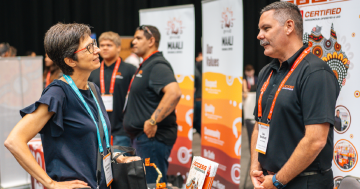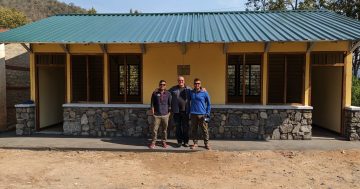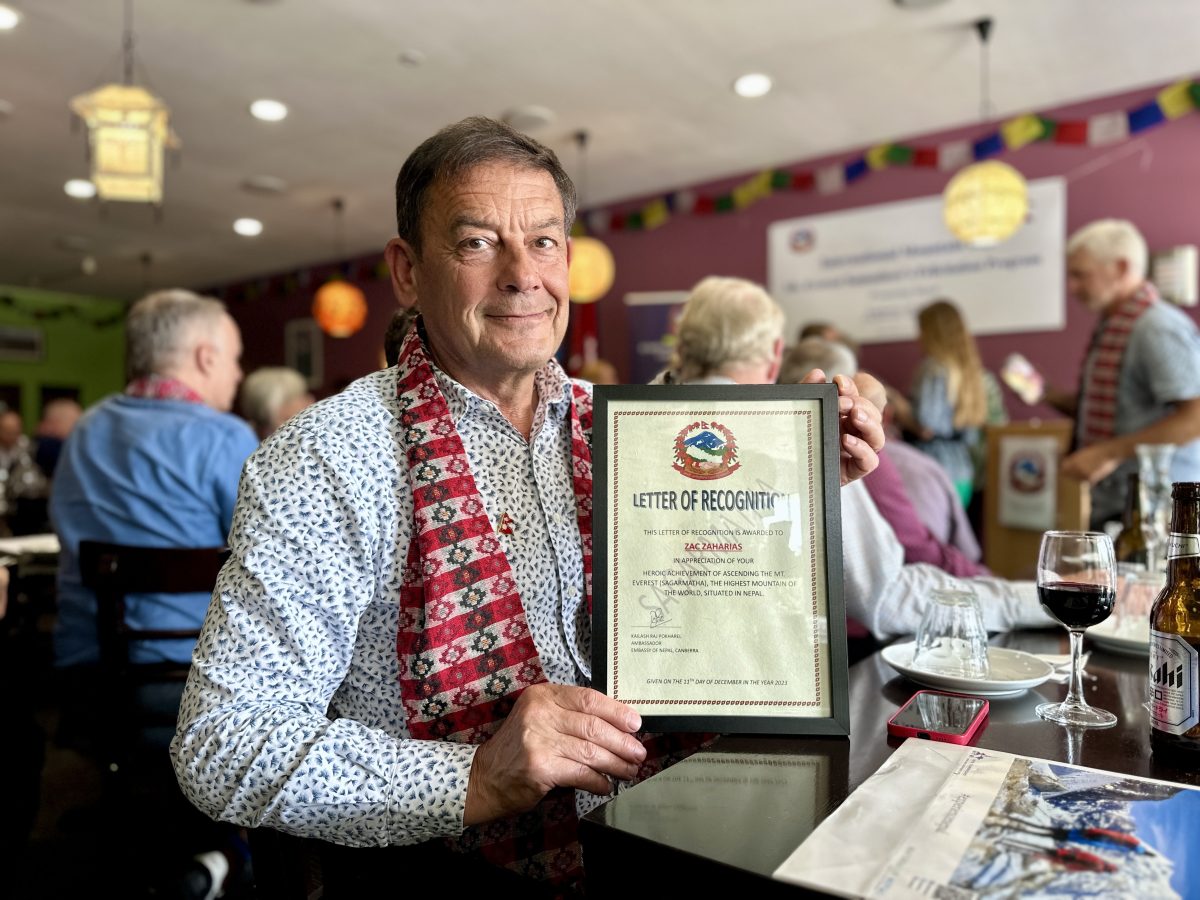
Canberran of 30 years and three-time Everest climber Zac Zaharias. Photo: James Coleman.
There’s little comradery like that built when you and your mates are 8000 metres above sea level on the precipice of death.
Or as Zac Zaharias puts it: “The friends I’ve climbed with have become lifelong friends.”
“It’s what the mountain gives you in relationships that’s really enduring.”
This year marks 70 years since New Zealand’s Edmund Hillary and Darjeeling’s Sherpa Tenzing Norgay became the first human beings to stand on the highest point on Earth, Mount Everest, in the Himalayas of Nepal.
To mark this anniversary (and International Mountain Day on Monday, 11 December), a group of 37 Australians who have followed in their footsteps met for lunch at The Mustang Nepalese restaurant in Farrer for an event hosted by the Australian Himalayan Foundation (AHF) and Embassy of Nepal.
Among them were Greg Mortimer, one of the first two Australians to climb Mount Everest in 1984, and Canberra’s Andrew Lock, who not only summitted Everest three times but also became the first Australian to climb all 14 “eight-thousanders”, or peaks over 8,000 metres high.
Zac – another Canberran, a retired Army officer, founder of Peak Learning Adventures and local representative for the AHF – broke the record for the oldest Australian to summit Everest in 2010 after three attempts.
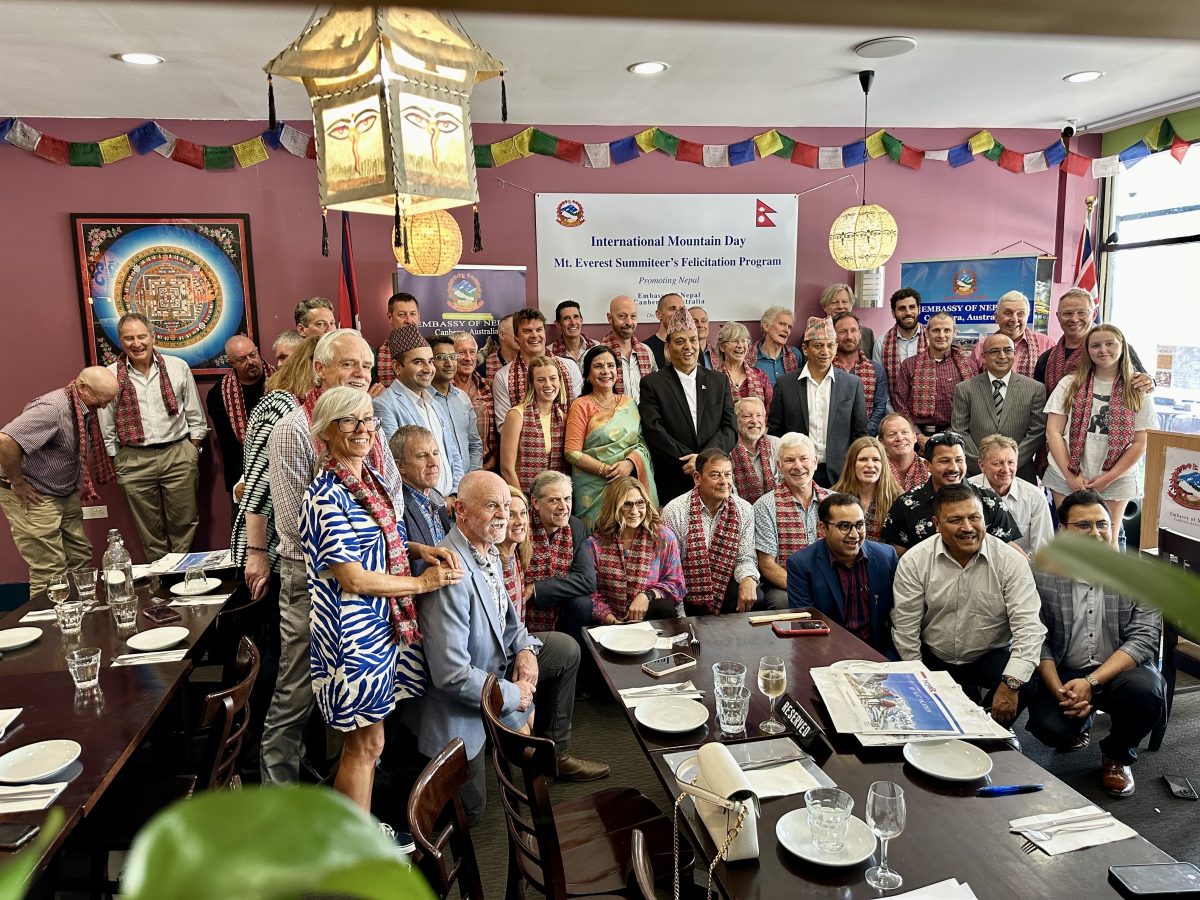
Australia’s Everest climbers all in one place. Photo: James Coleman.
His first was in 1988 as part of the Australian Bicentennial expedition, only to turn back 300 metres from the summit.
“There are a lot of factors because you’re really at the limits of human ability.”
Mount Everest measures 8,849 metres above sea level. At that height, the atmosphere has thinned to the point you’re heaving for every breath. Temperatures are never above freezing. And perhaps most dangerous of all, there’s the risk of high-altitude cerebral edema (HACE).
“It can come on very quickly, and it’s life-threatening,” Zac says.
“A lot of people get caught out – they rush to the top and then suffer on the way down.”
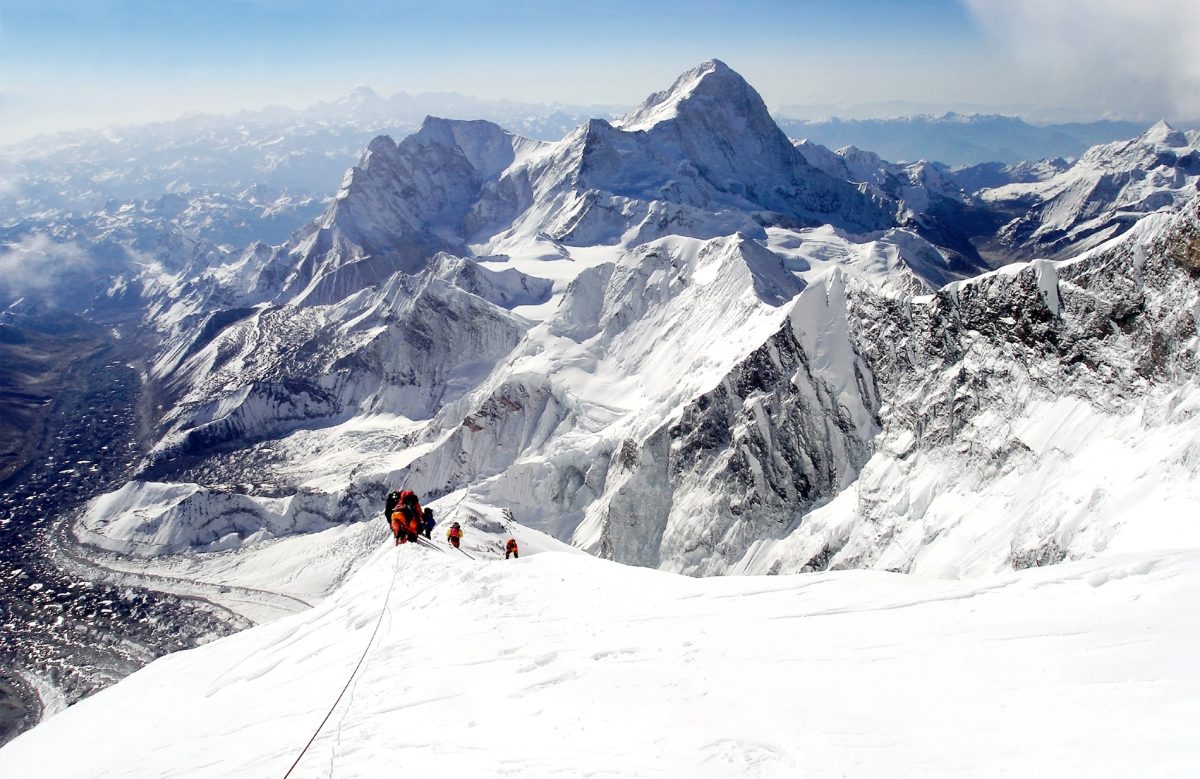
New Zealand’s Edmund Hillary and Darjeeling’s Sherpa Tenzing Norgay reached the summit at 11:30 am, 29 May 1953. Photo: sansubba.
It’s a rare condition, affecting less than 1 per cent of people who ascend to 4,000 metres. Symptoms include disorientation, lethargy, temporary blindness and nausea, and if left untreated, can lead to death within 48 hours.
Undaunted, Zac tried again in 2001 and made it within 100 metres of the top before finally making it in 2010, aged 67. All up, he has spent seven months on the mountain and lost eight of his friends, including one to HACE and another three in training expeditions.
“It’s very satisfying and rewarding to actually climb the mountain, but I wouldn’t want to go back. It’s a very different mountain now from what it used to be for me.”
On the other end of the scale, there’s Gabby Kanizay, a Melbournian currently in her first year of commerce at the Australian National University (ANU). Last year, she became the youngest Australian to reach the summit. She was 19.
“It was always this pipe dream of mine, and then one day, I decided to vocalise it and throw it out there to my parents.”
Her mum, Jane Kanizay, who had previously back-packed in Nepal in 1995, led the way before the duo caught up at the last ridge and made the final push to the top together.
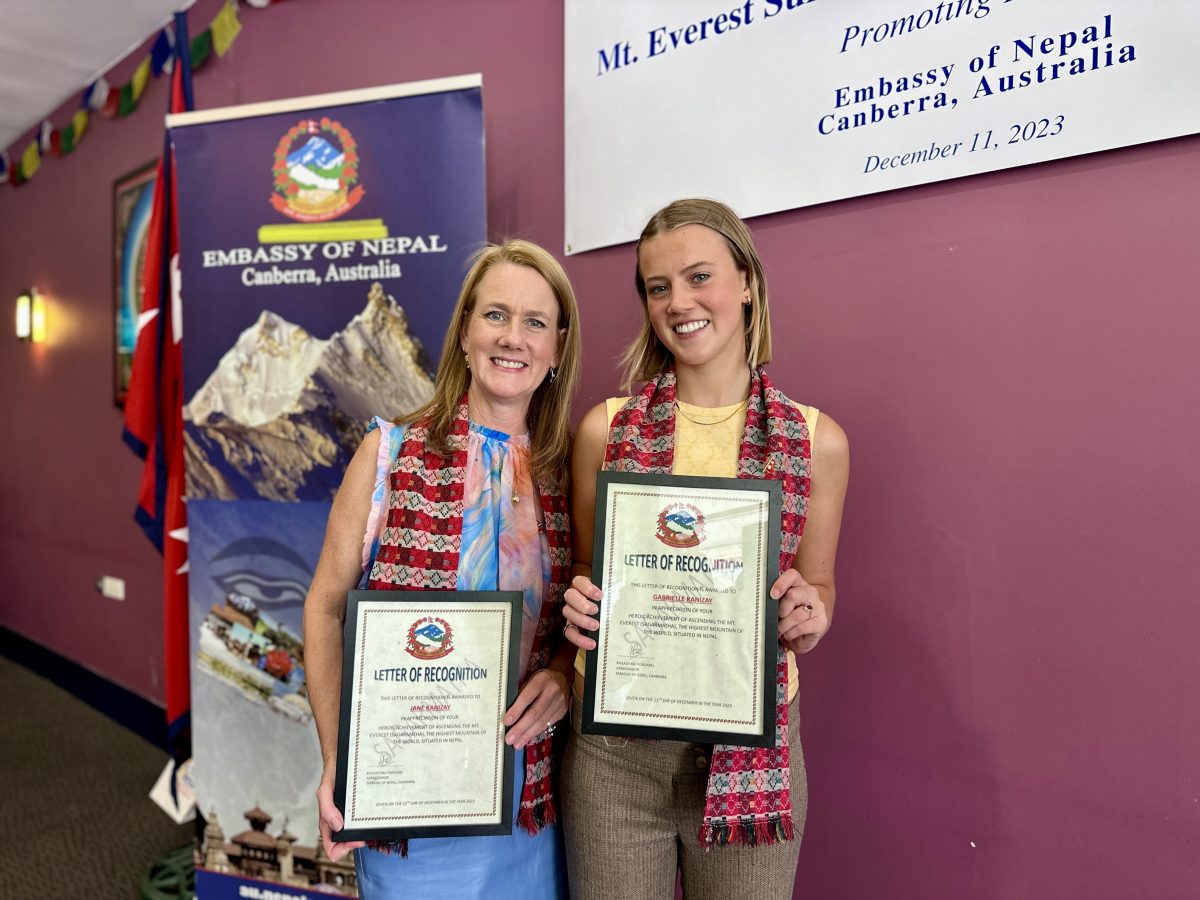
Gabby Kanizay is the youngest Australian to reach the summit of Mount Everest with her mum, Jane. Photo: James Coleman.
“I had tears down my face,” Gabby recalls.
“I gave my guide a hug and then kind of collapsed into mum’s arms and she was like, ‘I’m so proud of you’ and I was so proud of her. And then we got to sit there together and watch the sun rise for about 45 minutes.”
Gabby now works as a high-rise window cleaner “to get that adrenaline rush” and dreams of tackling other peaks across Australia.
“I just loved every moment, even the hard moments, because I think that’s what mountaineering is supposed to be.”
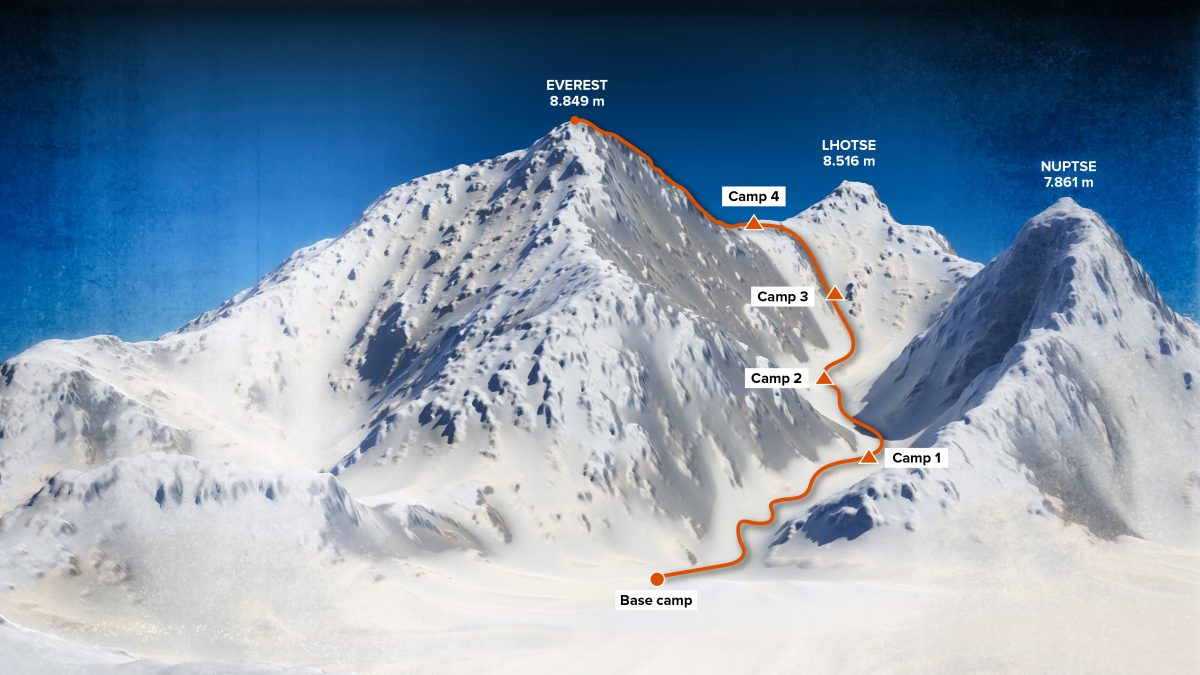
The path to the summit is broken up into five camps, including the base camp. Photo: iStock.
Lou Nulley has only made it far as the base camp on the Nepal side, 5,364 metres into the climb, but does equally towering work as co-founder of the REACH for Nepal Foundation.
Established in 2015 in the wake of devastating earthquakes, the Canberra-based charity provides students from Canberra Grammar School and other volunteers the chance to both see Nepal on “community treks” and help villagers by rebuilding schools, installing water tanks, setting up hand-wash stations and other humanitarian projects.
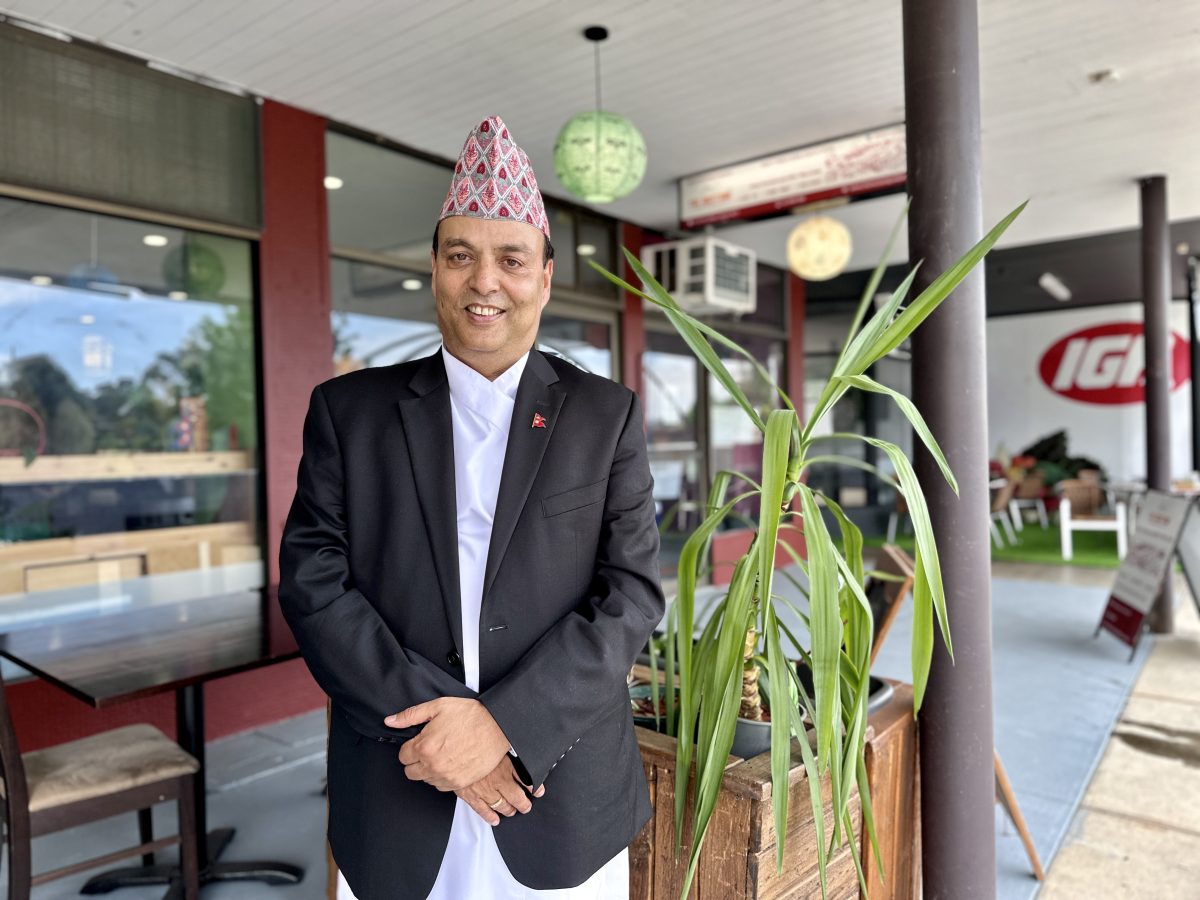
Embassy of Nepal Canberra ambassador Kailash Raj Pokharel. Photo: James Coleman.
“You not only experience part of the country in a trek, but you can also live in a village for three or four days and get immersed in the culture,” Lou says.
“The villagers also make us feel so welcome and always put on some sort of celebration or entertainment as simple signs of gratitude for what we do.”
Ambassador Kailash Raj Pokharel says the reunion event highlights the relationships Everest has built between the two countries of Australia and Nepal.
“We acknowledge the climbers’ heroism and honour them by giving a token of love and a Nepal flag pin, and we are very excited to meet each other.”











